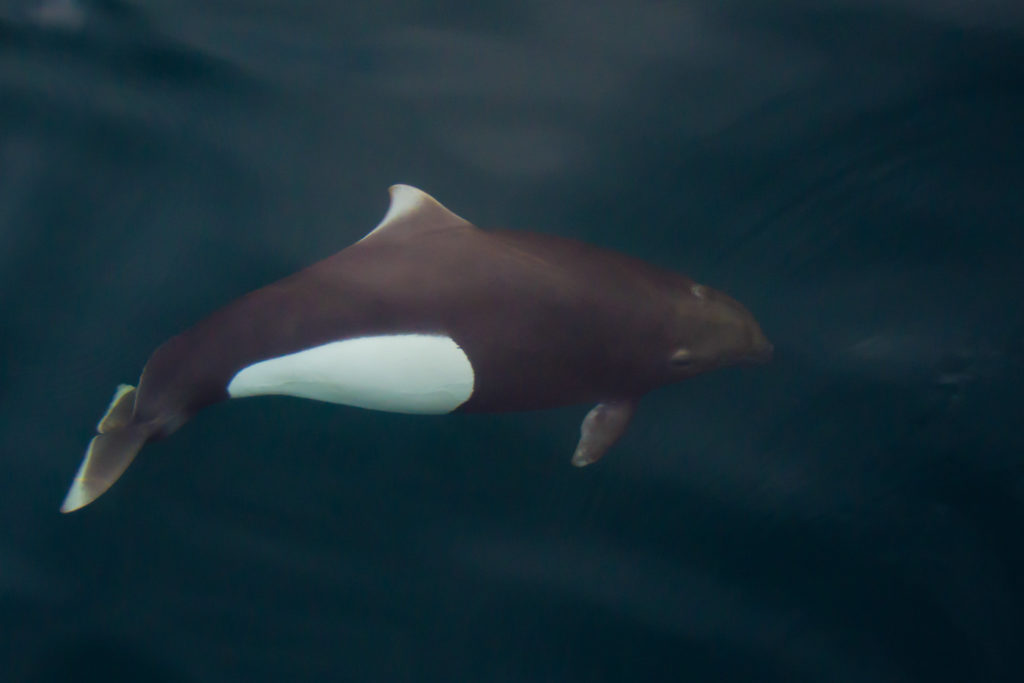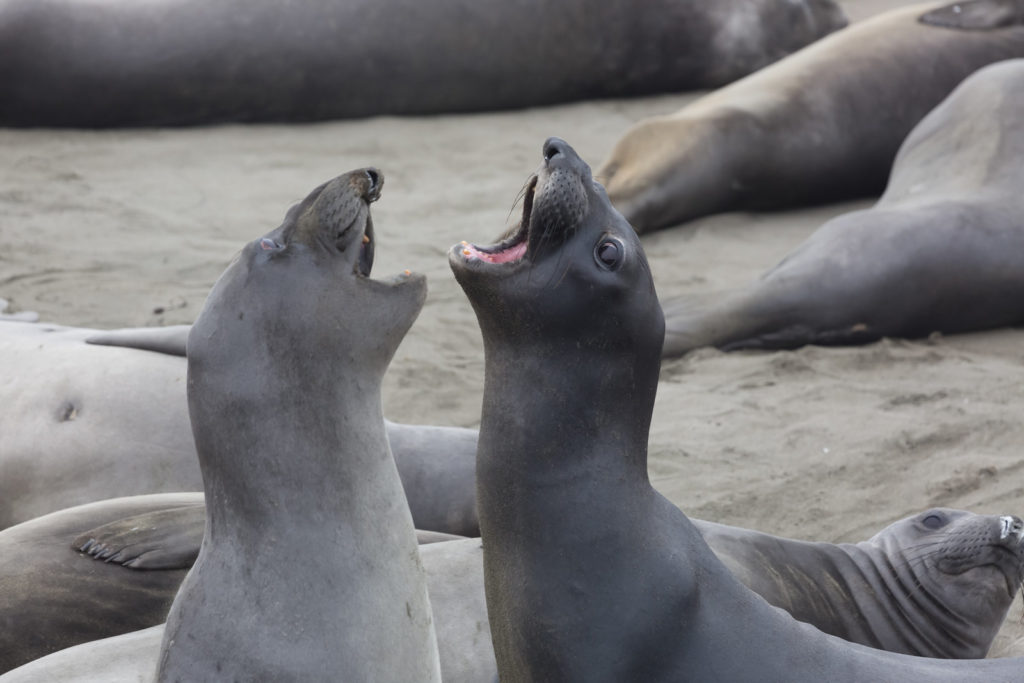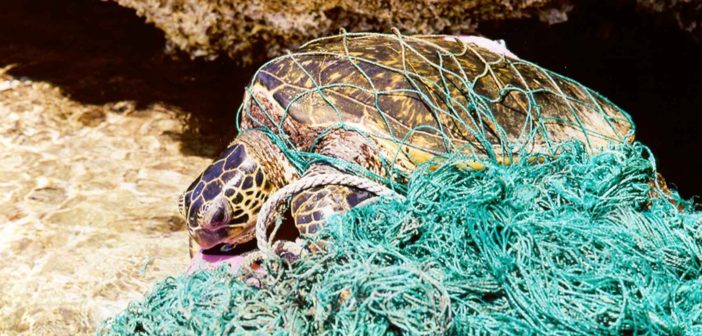The Pacific Northwest region of the United States is home to a wide range of marine species, including seals, sea lions, otters, sea turtles and porpoises. Unfortunately, these animals are increasingly threatened by human activities in a variety of ways. One organization that is working to help ameliorate those threats is SR3 (Sealife Response, Rehabilitation and Research).
SR3 uses multiple strategies to improve the health and welfare of marine wildlife, including emergency response and rehabilitation, but because of the lack of a dedicated marine wildlife hospital in the region, their ability to help sick and injured animals has been limited. Luckily, they are working on such a facility, which would greatly increase the number of animals they are able to help.
In an interview with Casey Mclean, veterinary nurse and Executive Director of SR3, we discussed the need for a marine wildlife hospital, how humans are negatively impacting marine animals, and what changes these animals need from us so they can survive and thrive.
Dylan Forest: SR3 has plans to open a marine wildlife hospital, which would be the only facility of its kind in the Pacific Northwest. What does it mean, currently, that there isn’t such a facility in this region? Are sick and injured marine animals in Washington and Oregon going without care?
Casey Mclean: Without a facility that specializes in the care of marine mammals, we have had extremely limited options for helping those who are sick, injured or entangled. Some species or age classes of animals had no options for care, while others had to endure a 15-hour transport to a marine mammal hospital in California. Should a catastrophic event affecting large numbers of marine animals occur, like an oil spill or toxic algal bloom, we would be unable to help them without a facility such as SR3’s hospital.

I imagine opening a new facility like this is a huge undertaking. When do you plan to open the hospital, and what will that opening mean in terms of how many more animals will be able to be treated and rehabilitated?
I am thrilled to share that we are wrapping up the final few things on the hospital construction this month, despite an extremely challenging year, and look forward to opening our doors very soon! This hospital will allow us to treat all the various species and sizes of marine mammals we see in the region, from a small seal pup to a large sea lion, and even a small porpoise or dolphin. We will also treat sea turtles. Marine mammals often show up on shores in need of medical care due to human impact, whether that is from a boat strike, toxins in the water, or entanglement in debris, and this hospital will bring a second chance at a wild life.
The facility is set up to accommodate very small or very large patients, so the number of animals we help will vary greatly based on their size, as well as the need in the area. There may be years where cases are high due to environmental factors such as warm water blobs, toxic algal blooms or a catastrophic event like an oil spill. No matter the numbers, we stand ready to help as many animals as we possibly can.
SR3 currently works to help entangled animals. Is this a common issue? What animals are most often getting entangled and in what?
Entanglements in fishing gear and ocean debris are one of the leading causes of death for marine wildlife. Whales can be caught in any type of rope or line in the water column, but active fishing gear is what most commonly entangles whales. For seals and sea lions, ocean trash such as plastic packing straps account for most of the entanglements.

So many of the threats wild animals face today are caused by humans. What can everyday people do to reduce their negative impact on marine wildlife?
It can be overwhelming to try to determine how you can best help, but I always encourage people not to discount small everyday actions. Simple things like bringing your own take away containers, saying no to straws, using nontoxic cleaners in your home, and researching your food choices can really have a profound impact on the health of the ocean, the animals who live there, and the humans who depend on it.
Some of the most famous, and most vulnerable, marine animals in the Pacific Northwest are our southern resident killer whales (SRKW). These whales face many threats to their survival. What do you see as the most critically needed interventions to help them survive, and how is SR3 involved in the effort to keep the SRKWs alive and healthy?
SR3 conducts health assessments on southern resident killer whales to keep close track of weight changes, pregnancy, growth rates, and much more, which helps us better understand not only an individual’s health but the health of the entire population. Our research is minimally invasive because we use drones that fly high above the animals while keeping the research boat far away. The answer to protecting our southern residents doesn’t lie with just one action. Lack of their preferred prey, Chinook salmon, is a primary concern; however, there are multiple factors in the environment that created this lack of food. Habitat degradation, overfishing, dams, vessel noise and many other factors play a role in their decline. It’s difficult to address all of these issues at once, so we work to help policy makers focus their efforts.
While the plight of large, iconic animals (such as killer whales) get a lot of attention, I imagine there are many animals who are threatened by human activity and get very little public attention. Is there an animal or issue SR3 works with that you wish more people were aware of?
I think it’s important for people to understand that the threats all marine wildlife face are increasing and ever changing. It’s hard for scientists to keep up with all of the threats in our rapidly-changing climate, which is one reason that rehabilitation is so important. It helps us keep an eye on what is happening out there by studying what is affecting these animals.
Many species of marine mammals in the Pacific Northwest were once hunted almost to extinction. Today we are fortunate to live surrounded by an incredible diversity of marine wildlife, and learning to share the shore and the waterways with these animals is critical to keeping their populations healthy. Human health is intricately tied to the health of the ocean and that of marine animals.
We are seeing animals move and migrate into areas that they haven’t been in decades, sometimes due to the increase in their population numbers, such as with humpback whales, or because they are trying to find food due to dwindling fish populations. At the same time, this can easily lead to an increase in boat strikes or entanglements; people and policies need to be adaptive as things continue to rapidly change.

Just because an animal’s population is stable doesn’t mean our impacts on them are inconsequential, or that individuals suffering because of human activities should not receive care.
There is still so much we don’t know about the ocean environment and all the species who call it home. There are threats that often are hard to see external evidence of, or which we don’t fully understand how they are interconnected, yet they are related to human impacts on the ocean.
There are some interesting conversations happening about the more philosophical side of wild animal suffering, and the question of how involved humans should be in reducing it. There can be a perception among some that wild animals should be “left alone,” even if it means they suffer and die. I’m curious how you think about this question as someone more involved with the reality of helping wildlife.
In only a very small percentage of the cases I see, the animal is suffering due to natural causes, rather than some type of human impact. That can range from someone scaring off a mother seal from her pup, to cancer cases, to a whale entangled in fishing gear. Human impact may not always be externally evident; for instance, in the case of disease, the animal may have acquired that disease due to a lowered immune system from toxins in the waters where they live. Wild animals should be left alone, but as humans increasingly invade and alter the wild, that isn’t a possibility anymore in many areas. If a wild animal is suffering due to something people have done, there is nothing natural about that.
Featured image: a green sea turtle entangled in fishing gear. Image credit NOAA Marine Debris Program, CC BY-SA 2.0.





